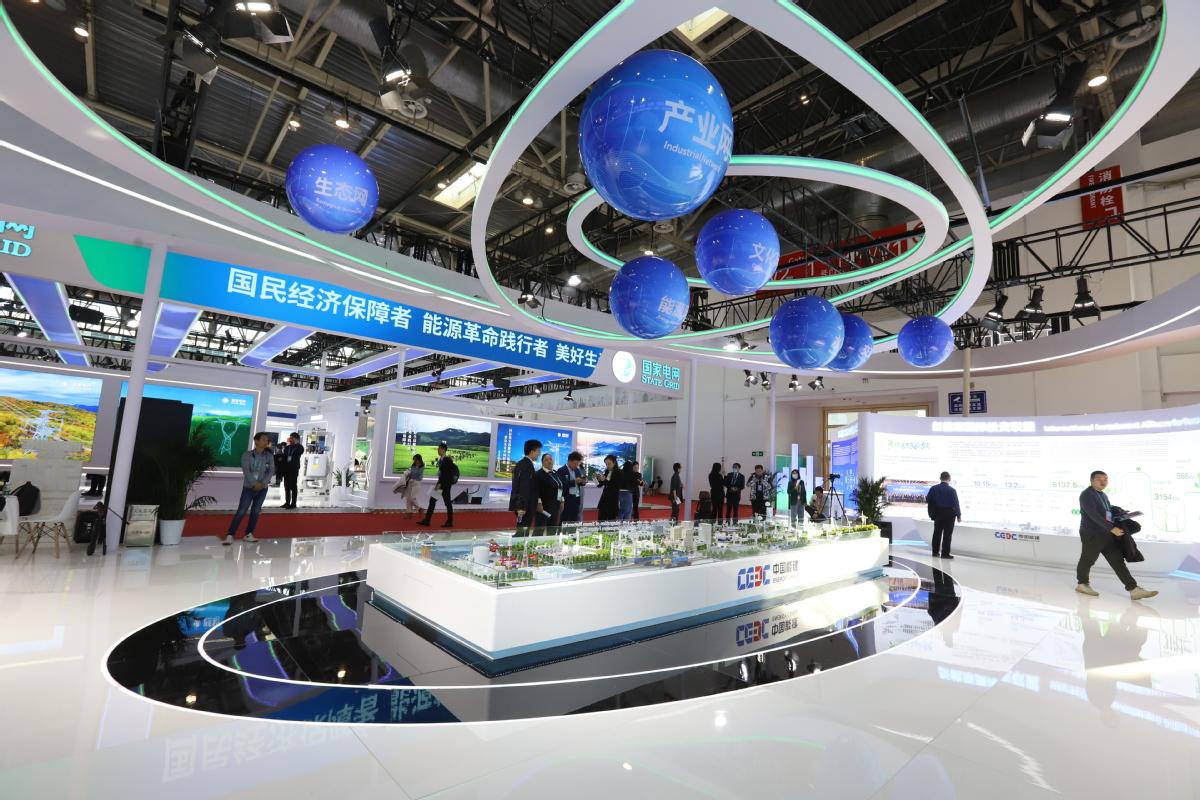In Short : The clean utilization of coal is set to play a crucial role in the decarbonization process. Innovations in clean coal technologies and sustainable practices aim to minimize environmental impact, providing a transitional solution as part of broader efforts to reduce carbon emissions.
In Detail : China has been making strides in the green transition of coal energy in recent years amid the country’s push toward renewables, with domestic coal companies actively promoting clean utilization of coal while stepping up integration with carbon capture, utilization and storage, experts said.
Many domestic coal companies are making deeper forays into the integration of clean coal power and CCUS technologies, as well as carbon sinks and carbon trading mechanisms, to offset carbon emissions and realize zero-carbon production.
Clean coal usually means capturing carbon emissions from burning coal and storing them in underground pockets of porous rock.
China Energy Investment Group, for example, the world’s largest coal company as well as the world’s leading coal-to-chemical company, started operations at Asia’s biggest coal-linked CCUS facility in June in Jiangsu province, which will capture 500,000 metric tons of carbon dioxide each year, it said.
The company is also operating the world’s largest coal-to-hydrogen project in Yulin, Shaanxi province, with an annual hydrogen production capacity of 350,000 tons. The project uses coal as the raw material to generate hydrogen from fossil fuels.
The project overcomes the difficulties in designing and manufacturing large-scale coal-to-hydrogen plants and uses self-innovated patented technologies, which will further facilitate the development of such projects in the future, it said.
The clean and low-carbon development of coal power is of great significance to China’s energy security and environmental improvement, said the company, also known as China Energy.
China Energy Engineering Group has also been accelerating the green transformation of its coal-generated electricity processes. It said that more efforts will be made to promote technological innovation and energy efficiency in the sector, against the backdrop of rapid renewable energy development both at home and abroad.
An analyst believes that amid the country’s carbon neutrality goal, clean coal use is key to deep cuts in emissions and stable electricity supplies in China, as renewable energies such as solar and wind will not replace fossil fuels over the short term due to vulnerabilities such as intermittency.
While China has been developing wind, solar and hydropower on a large scale, clean coal remains strategically important to the country’s energy mix and further ensures domestic power supply, said Luo Zuoxian, head of intelligence and research at the Sinopec Economics and Development Research Institute.
The China National Coal Association said clean coal plays an important role in stable electricity supply, while the country’s coal sector will continue to accelerate the transformation to intelligent production and clean coal utilization.
Over the short to medium term, coal — together with other fossil fuel resources — will remain the major energy feedstock in the country, and integration of coal with renewable energies such as wind and solar will ensure sufficient power supply in the country amid its green energy transition, said Liang Jiakun, president of the association.
China’s installed solar and wind power capacity saw robust growth this year, with domestic installed solar power capacity reaching 520 million kilowatts as of the end of September, up 45.3 percent year-on-year. Installed wind power capacity rose 15.1 percent to about 400 million kW, said the association.
The China Electric Power Planning and Engineering Institute estimates that renewable energy will replace coal and become the main force of green electricity supply in the country by 2045 amid optimized power supply capacity and accelerated transition to green energy sources, said the association.
Guo Jianbo, an academician at the Chinese Academy of Engineering, believes while the proportion of coal in the primary energy consumption structure will continue to decline in the years to come, it will still be a major component.
The green energy transition, however, will force the coal industry to change its long-term development mode of relying on increased production, expansion of scale and rising prices, and strive to promote transformation and upgrading while improving the quality of development, said Guo.
The country should take orderly measures to increase coal production and ensure sufficient power during peak hours and extreme weather, with clean coal playing an important role in stable electricity supply, he added.

